A well-maintained sprinkler system is crucial for maintaining a lush and healthy lawn or garden. Over time, however, sprinkler valves may become worn out, damaged, or fail to function properly, requiring replacement.
Understanding the costs involved in replacing a sprinkler valve is essential for homeowners or property owners who want to ensure the efficient operation of their irrigation system. In this article, we’ll share the essential expenses of this maintenance task.
How Much Does It Cost to Replace a Sprinkler Valve?
Repairing a sprinkler system comes with an average price range of $75 to $250, although the majority of homeowners tend to pay around $200. Typical sprinkler repairs often entail the replacement of sprinkler heads, which can cost anywhere from $5 to $20 per head.
Similarly, valve replacements typically fall within the range of $20 to $40 per valve. It’s important to note that these figures do not include the cost of professional labor, which typically averages around $75 per hour when hiring a skilled plumber to handle the job.
What is a Sprinkler Valve?
A sprinkler valve is a crucial component of a sprinkler system that controls the flow of water to the individual sprinkler heads. It acts as a switch, allowing water to flow through the pipes and into the designated zones of the system.
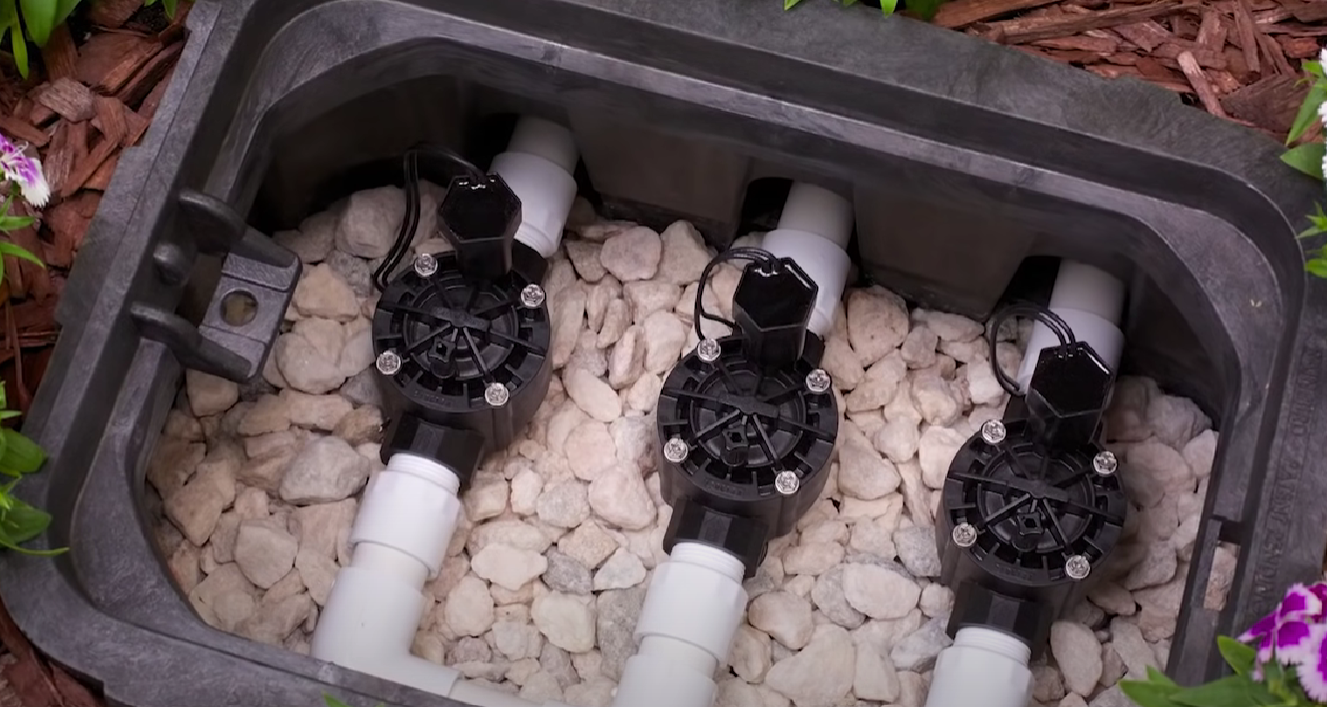
Sprinkler valves are typically electrically operated and are responsible for opening and closing the water flow based on signals received from the system’s controller. This enables precise control over when and where water is distributed, ensuring effective irrigation and water conservation.
Contributing Factors to the Sprinkler Valve Replacement
Replacing a sprinkler valve is a common maintenance task in maintaining a functional sprinkler system. However, the overall cost of this replacement can vary based on several factors. By understanding these factors, homeowners can better anticipate the expenses involved and make informed decisions.
Below are the key elements that directly influence the overall cost to replace a sprinkler valve.
Number of Valves
The number of valves that need replacement is a significant factor in determining the overall cost. If only one valve needs to be replaced, the cost will be relatively lower compared to replacing multiple valves.
Each additional valve replacement adds to the material and labor expenses, so it’s important to assess the scope of the project beforehand.
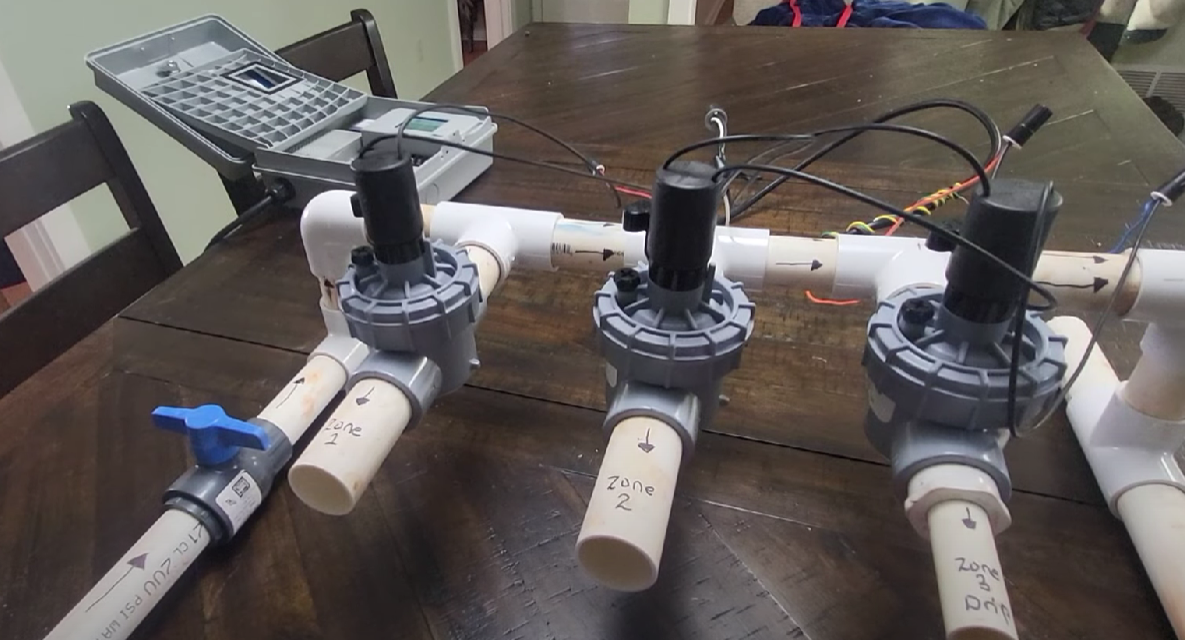
Type and Quality of the Valve
The type and quality of the sprinkler valve also impact the cost. There are various types of valves available, such as globe valves, angle valves, or anti-siphon valves, each with different functionalities and price points.
Higher-quality valves, often made from durable materials like brass, tend to be more expensive than their counterparts made from plastic or PVC. It is essential to choose a valve that meets the specific needs of the sprinkler system while considering the budget.
Accessibility and Location
The accessibility and location of the sprinkler valve play a role in determining the overall cost. If the valve is easily accessible and located above ground, the replacement process is typically simpler and less time-consuming, resulting in lower labor costs.
However, if the valve is buried underground or located in a hard-to-reach area, additional effort may be required for excavation or troubleshooting, leading to increased expenses.
Complexity of the System
The complexity of the sprinkler system can impact the cost of valve replacement. Systems with intricate designs, multiple zones, or advanced features like rain sensors or smart controllers may require more expertise and time to replace a valve.
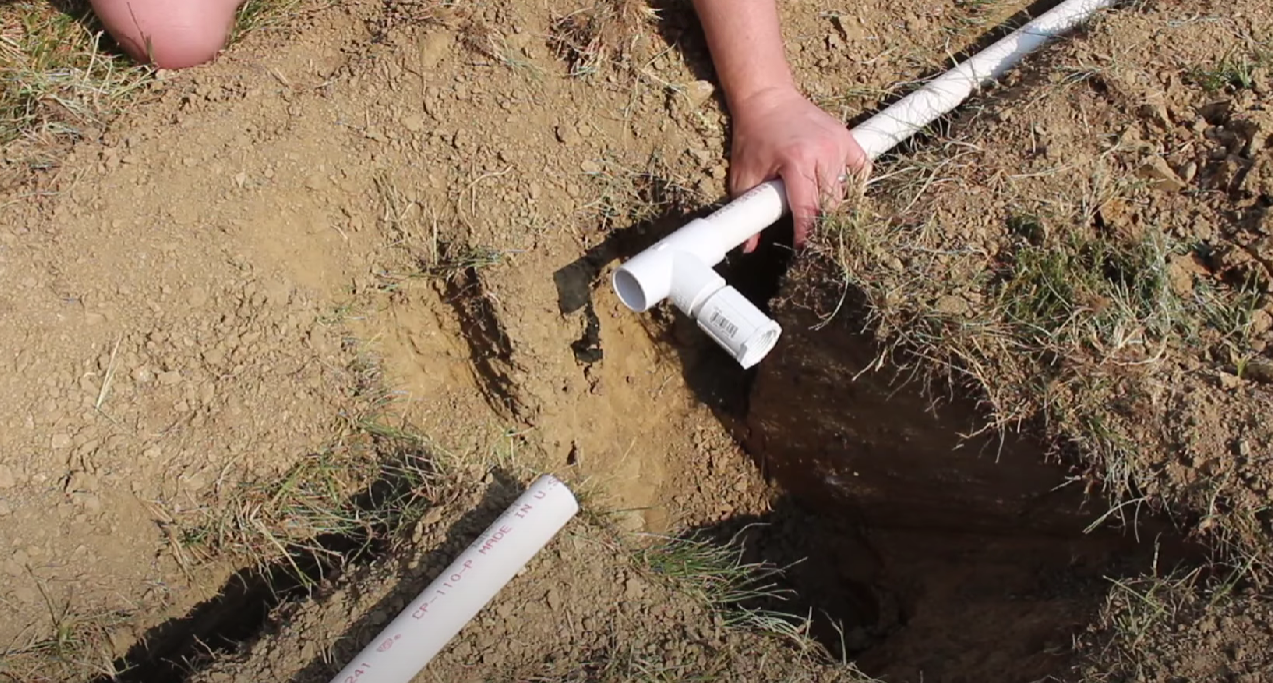
The complexity of the system influences labor costs, as the technician needs to navigate through the system’s layout and ensure proper reconnection and functionality.
Hiring a Professional
Opting for professional assistance to replace a sprinkler valve ensures a proper installation and minimizes the risk of future problems. However, hiring a professional plumber or irrigation specialist adds to the overall cost. The rates may vary depending on factors such as experience, location, and reputation.
While DIY options may seem cost-effective initially, it’s crucial to weigh the potential risks and complications that can arise from improper installation.
What Are the Signs of a Defective Sprinkler Valve?
A properly functioning sprinkler valve is vital for the efficient operation of a sprinkler system. However, like any mechanical component, sprinkler valves can develop issues over time. Recognizing the signs of a defective sprinkler valve is essential to address problems promptly and avoid further damage.
Below are the common signs that indicate a sprinkler valve is malfunctioning, helping homeowners identify and resolve valve-related issues.
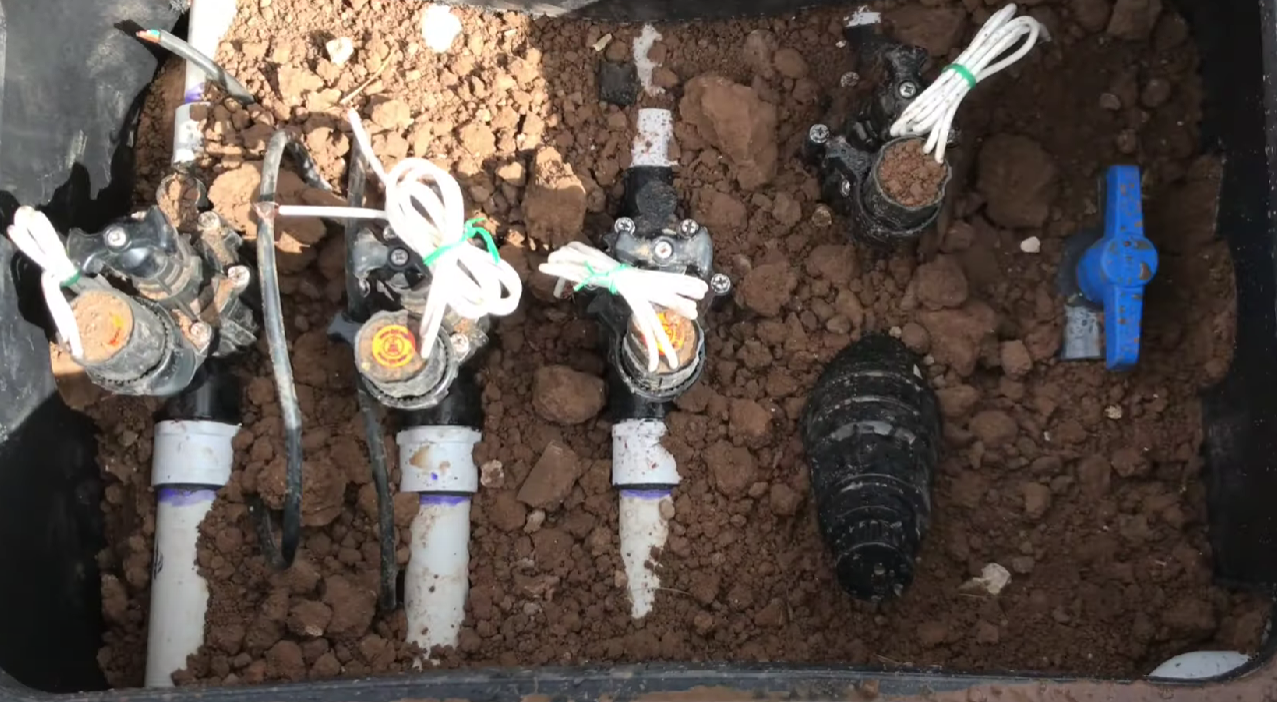
Inconsistent Watering or Dry Spots
One of the primary signs of a defective sprinkler valve is inconsistent watering or the presence of dry spots in the lawn or garden. If certain areas are receiving insufficient water or no water at all while others are being properly irrigated, it indicates a potential problem with the valve.
The valve may not be opening fully, restricting water flow to specific zones or sprinkler heads.
Continuous Water Flow
A faulty sprinkler valve can result in continuous water flow, even when the system is supposed to be turned off. If you notice water continuously running from one or more sprinkler heads, it is likely a sign of a defective valve that fails to close properly.
This can lead to wasted water, higher water bills, and potential damage to the landscape.
Weak Water Pressure
Another indication of a defective sprinkler valve is weak water pressure [1] or reduced water flow in the system. If you observe diminished water pressure in some or all of the sprinkler heads, it may be due to a valve that is not opening fully or is partially obstructed.
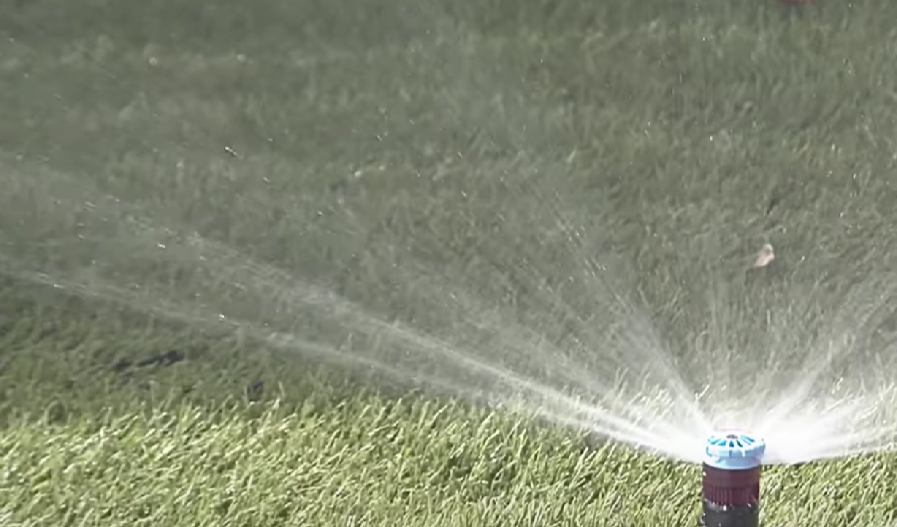
This issue can result in ineffective irrigation, uneven coverage, and inadequate watering of the intended areas.
Valve Leakage or Dripping
Leakage or dripping from the sprinkler valve itself is a clear sign of a problem. Visible water leaks around the valve or persistent dripping indicate seal failure or internal damage.
Not only does this contribute to water wastage, but it can also lead to soil erosion, increased water bills, and potential damage to the surrounding infrastructure.
System Fails to Turn On or Off
If your sprinkler system fails to turn on or off as intended, it may point to a faulty valve. When the system refuses to start or stop, it suggests that the valve is not receiving the correct signals or is unable to execute them. This can be due to electrical issues, mechanical failures, or internal damage within the valve.
Identifying these signs promptly allows homeowners to take appropriate action, whether it’s repairing the valve or seeking professional assistance to resolve the issue. Regular inspection and maintenance of the sprinkler system can help prevent major valve malfunctions and ensure an efficiently operating irrigation system.
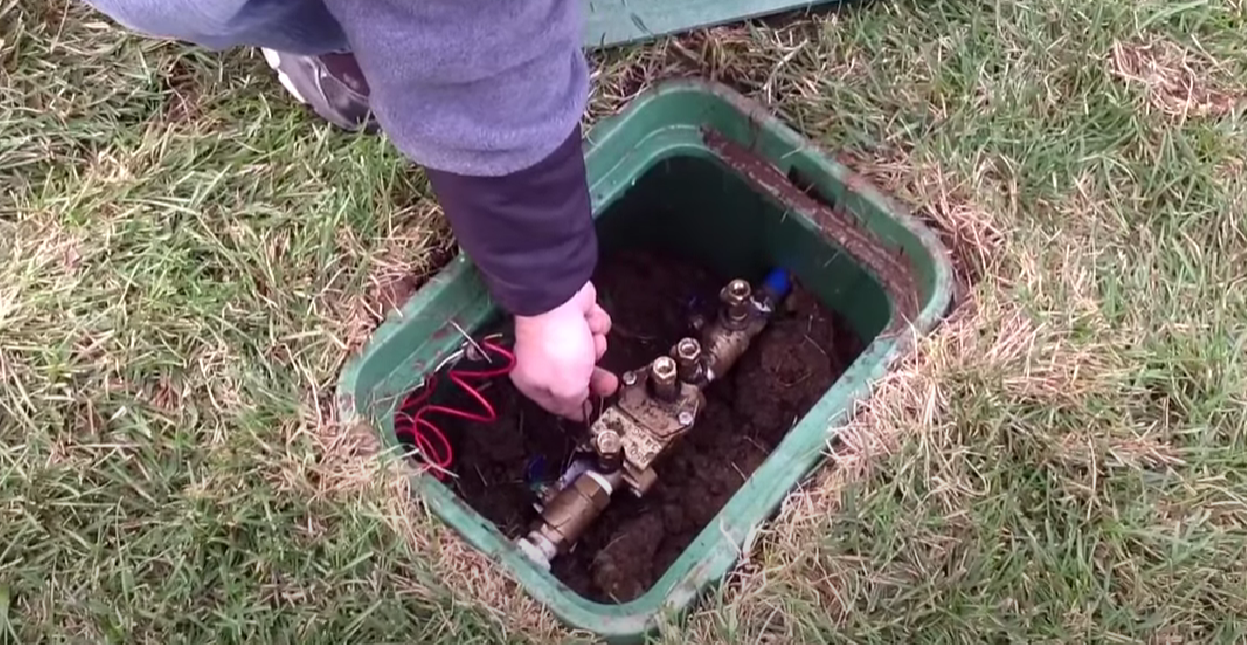
How to Prolong the Life of Your Sprinkler Valve?
A sprinkler valve is a critical component of an irrigation system, responsible for regulating water flow and ensuring proper functioning of the system. To maximize the lifespan of your sprinkler valve and avoid costly repairs or replacements, proactive maintenance, and care are essential.
Below are some effective strategies and practices to prolong the life of your sprinkler valve, ensuring its optimal performance for years to come.
Regular Inspection and Cleaning
Performing regular inspections of your sprinkler valve is crucial in identifying any signs of wear, damage, or debris buildup. Check for leaks, cracks, or visible signs of corrosion on the valve body. Inspect the electrical connections and wires for any loose connections or signs of damage.
Additionally, ensure that the valve and surrounding area are free from dirt, grass, and other debris that can interfere with its operation. Regular cleaning and clearing of the valve and its components help maintain optimal functionality and prevent clogging or blockages.
Adequate Water Pressure and Flow
Proper water pressure and flow are vital for the efficient operation and longevity of a sprinkler valve. High water pressure can strain the valve and cause premature wear, while low water pressure can result in ineffective irrigation and inadequate coverage.
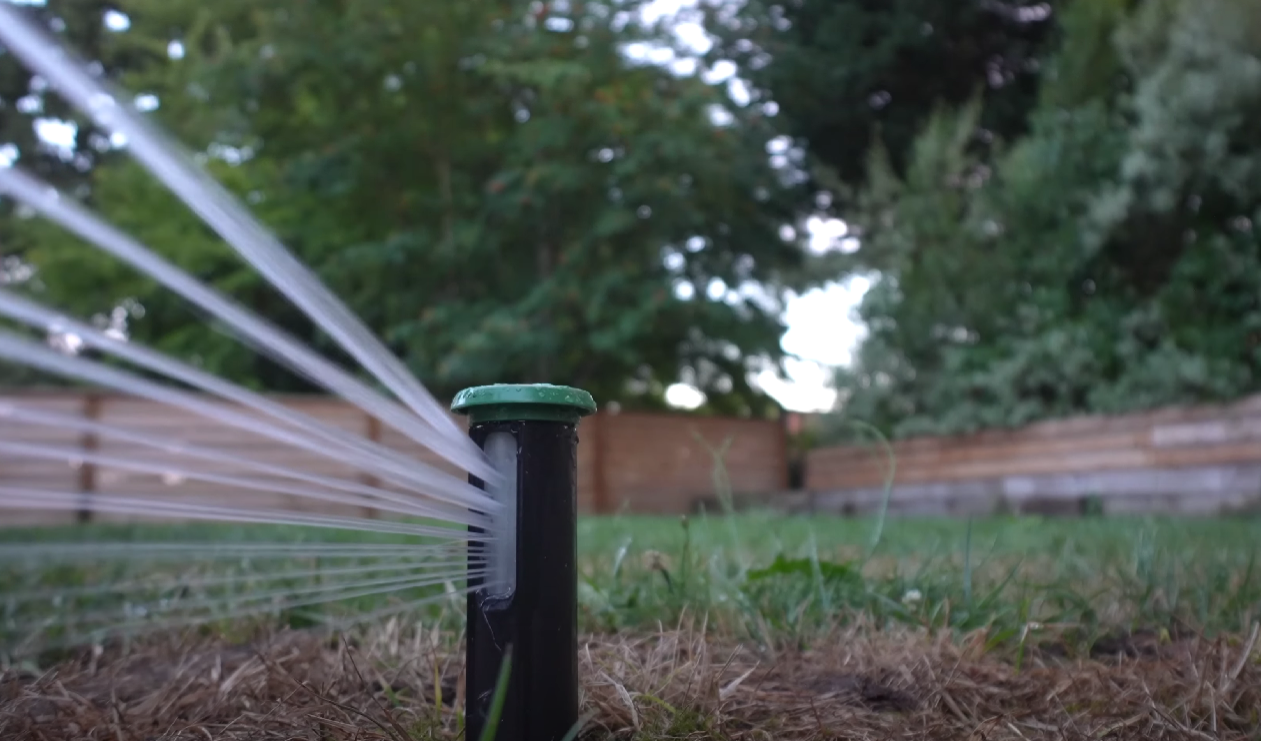
Install a pressure regulator if needed to maintain a consistent and appropriate water pressure level for your system. Additionally, ensure that the water supply is clean and free from sediments or debris that can potentially damage the valve or clog the system.
Adjusting the Valve Opening and Closing Speed
The opening and closing speed of the sprinkler valve can impact its lifespan. Rapid or forceful valve movements can cause stress and premature wear on the internal components. Most modern sprinkler valves allow for adjustments to the speed of opening and closing.
Consult the manufacturer’s instructions or seek professional guidance to ensure the valve is operating at an optimal speed, minimizing wear and tear.
Proper Winterization
Protecting your sprinkler valve during the winter months is crucial in preventing freezing and damage. Before the arrival of freezing temperatures, make sure to shut off the water supply to the system and drain any remaining water from the pipes and valves.
Use insulation materials, such as foam covers or insulating tape, to safeguard the valve and exposed components from extreme cold. Proper winterization prevents freezing-induced cracks or leaks that can significantly affect the valve’s functionality and lifespan.
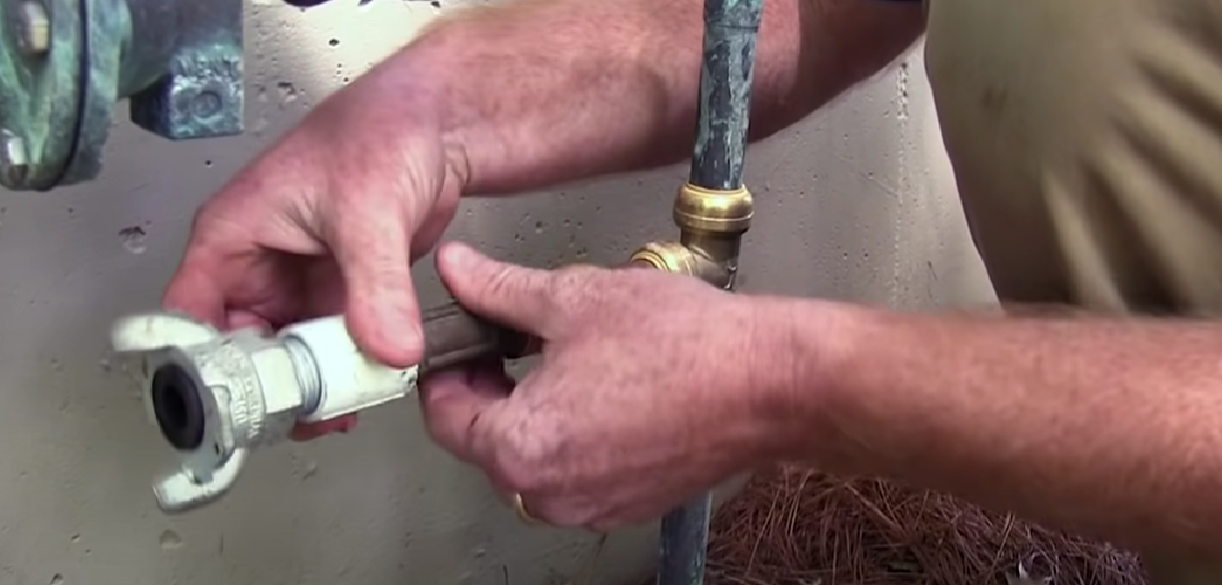
Timely Repairs and Maintenance
Addressing any issues or malfunctions promptly is key to prolonging the life of your sprinkler valve. If you notice signs of leaks, erratic water flow, or valve failures, take immediate action. Ignoring these problems can lead to further damage and potentially necessitate more extensive repairs or valve replacements.
Regularly scheduled maintenance, including professional inspections and tune-ups, can help identify and resolve minor issues before they escalate.
Avoiding Chemical Contamination
Prevent chemical contamination of your sprinkler system by avoiding the use of harsh chemicals, fertilizers, or pesticides near the valve or in the vicinity of the sprinkler heads. Chemicals can corrode the valve and its components, leading to malfunctions and reducing its lifespan.
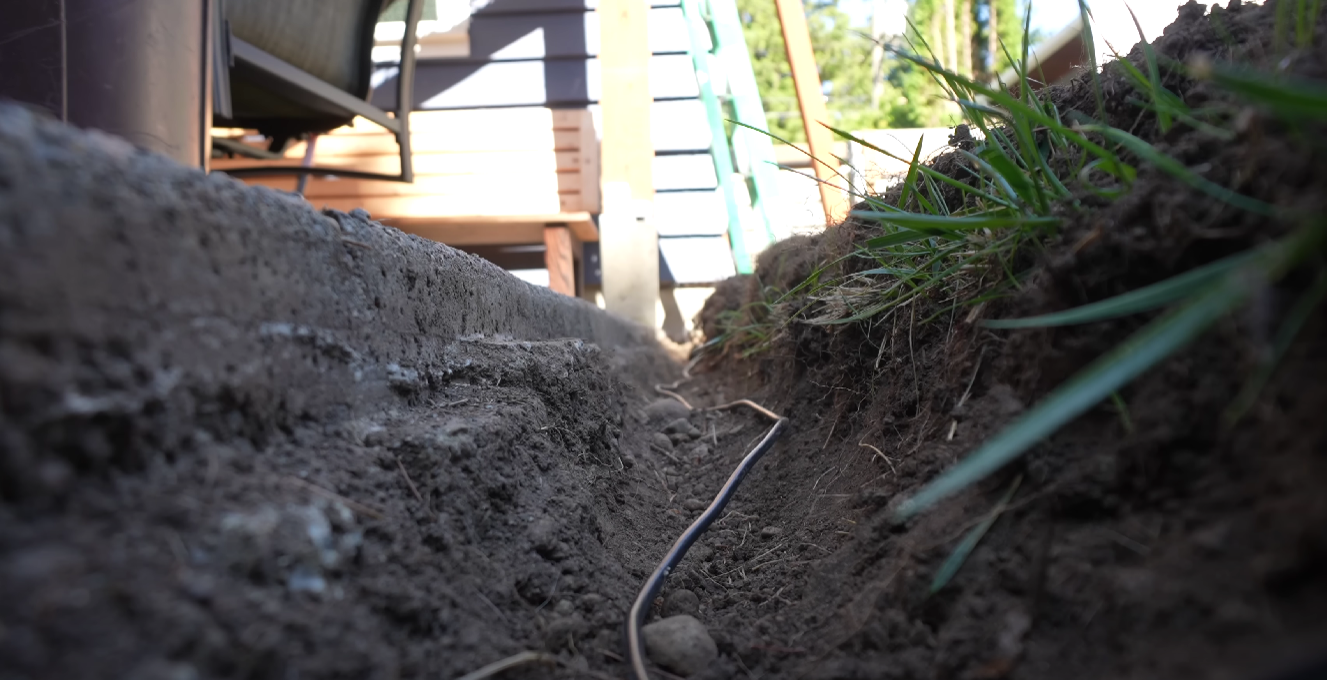
If you need to apply chemicals to your lawn or garden, consider alternative application methods that minimize contact with the sprinkler system.
Conclusion
The cost to replace a sprinkler valve can vary depending on factors such as the number of valves, type of valve, accessibility, system complexity, and hiring a professional.
By understanding these factors, homeowners can navigate the cost considerations effectively and ensure a smooth and budget-friendly valve replacement process.

